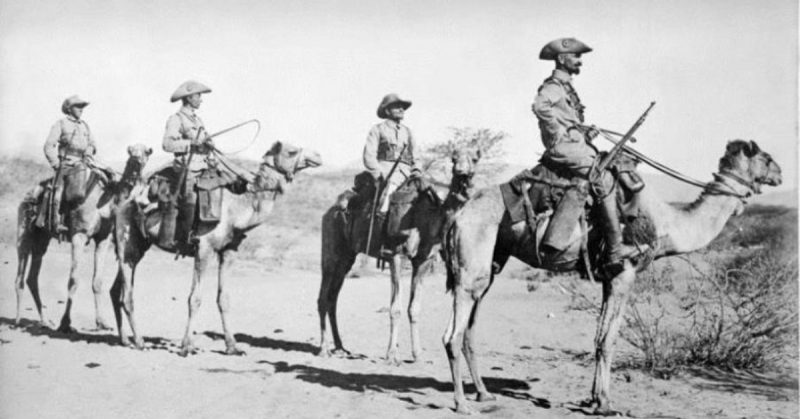Civil War Soldiers and Camels
First, let me tell you this photo of the camel in the bluebonnets is not real. I made it. It's not completely far fetched. It is something I have not been able to stop thinking about for nearly 24 hours. It's the very TRUE story of camels being brought to Texas just before the Civil War. And I want you to know about the deep dive it made me take.
If you have read any of my other posts, you know I am curious about things. I do not always start with the Google Machine. How the camels on the range came to me was in my ears. It's not the sound they make - though to be fair, when I think about camel noise it's the commercial one announcing it's Hump Day.
Now, this was waaaay back in the 1830s (long before I was born). Settlers were moving west and finding a whole different terrain. The deserts, mountains and rivers were tough on horses and wagons. Some smart Army guys recognized that camels could handle the trek because that's just what they do for days without much food or water. The idea was initially filed away for a decade when another high-ranking soldier gave it new life. It took even longer to get the idea approved. They set sail to round up the camels, load them on a ship and bring them here. I recognize that this is also camelnapping and I'm having a moment to reconsider how excited I initially was about this Civil War story. In all, 33 camels were voluntold about their new Army careers. Drafted.
They first landed at Indianola, Texas. This Matagorda Bay was a crucial port for Texas. I say was because a it was bombed during the war, wiped out by a hurricane and eventually abandoned. The camels made their way to San Antonio before going on to Camp Verde. They learned the camels were not speedy like horses or donkeys but were excellent for covering long distances without needing much care.Once the Civil War started, the military didn't really know what to do with the camels. Upon capture, rebels (who were not Team Camel) abused and killed them. The camel plan eventually ceased operation. The surviving camels were sold off. The Army History site wrote this obituary:
The camels ended up in circuses, giving rides to children, running in “camel races,” living on private ranches, or working as pack animals for miners and prospectors. They became a familiar sight in California, the Southwest, Northwest, and even as far away as British Columbia, their strange appearance often drawing crowds of curious people. In 1885, as a young boy of five living at Fort Seldon, New Mexico, GEN Douglas MacArthur recalled seeing a camel. “One day a curious and frightening animal with a blobbish head, long and curving neck, and shambling legs, moseyed around the garrison…. the animal was one of the old army camels.”
Eventually, when the curiosity wore off or their new owners simply did not want or need them anymore, many of the camels were turned loose in the wild to fend for themselves. They were seen for many years afterward, wandering the deserts and plains of the Southwest. The last of the original Army camels, Topsy, was reported to have died in April 1934, at Griffith Park, Los Angeles, at the age of eighty, but accounts of camel sightings continued for decades.
While I had hoped that someone was luring curious camel historians (my new title) for a look at the descendants of these historic camels, the death of Topsy makes it appear that may not exist. I did find the opportunity to take a camel trek at Big Bend for big bucks. I don't love camping so I am not sure the overnight trip in the desert is for me? It is nice to see this interesting piece of history is still being told in one of the few opportunities to touch it. Look, I make museum security a little nervous because I like to get up close to these things. I don't touch when they say not to, but if I can lean in and see it like I am nearly blind I am going to do that. I like being able to stand where history happened so I can imagine what it must have been like. It also makes me thankful I wasn't around then (not that I know of) because I like modern conveniences like nice smelling soap, running water and air conditioning.
But those Texas camels have been on my mind. Mostly, I think about how this tidbit slipped past me until now? I never thought about camels this much in my whole life -- not even when I've seen them at the zoo! Now all I have to think about is whether I can get past my anti-outdoorsy attitude and go to Big Bend on a camel adventure. Maybe I can do it to fully satisfy my inner camel historian?



Comments
Post a Comment